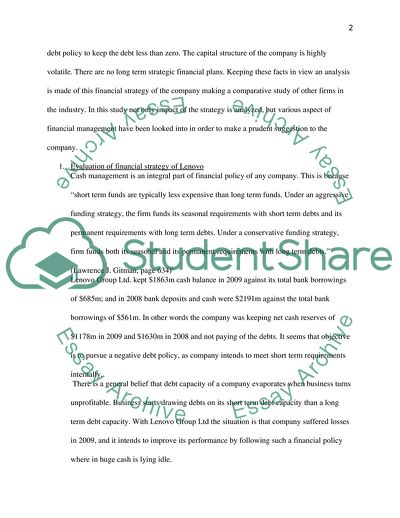Cite this document
(Corporate Finance-Financial Strategy Coursework, n.d.)
Corporate Finance-Financial Strategy Coursework. https://studentshare.org/finance-accounting/1739762-corporate-finance-financial-strategy
Corporate Finance-Financial Strategy Coursework. https://studentshare.org/finance-accounting/1739762-corporate-finance-financial-strategy
(Corporate Finance-Financial Strategy Coursework)
Corporate Finance-Financial Strategy Coursework. https://studentshare.org/finance-accounting/1739762-corporate-finance-financial-strategy.
Corporate Finance-Financial Strategy Coursework. https://studentshare.org/finance-accounting/1739762-corporate-finance-financial-strategy.
“Corporate Finance-Financial Strategy Coursework”. https://studentshare.org/finance-accounting/1739762-corporate-finance-financial-strategy.


